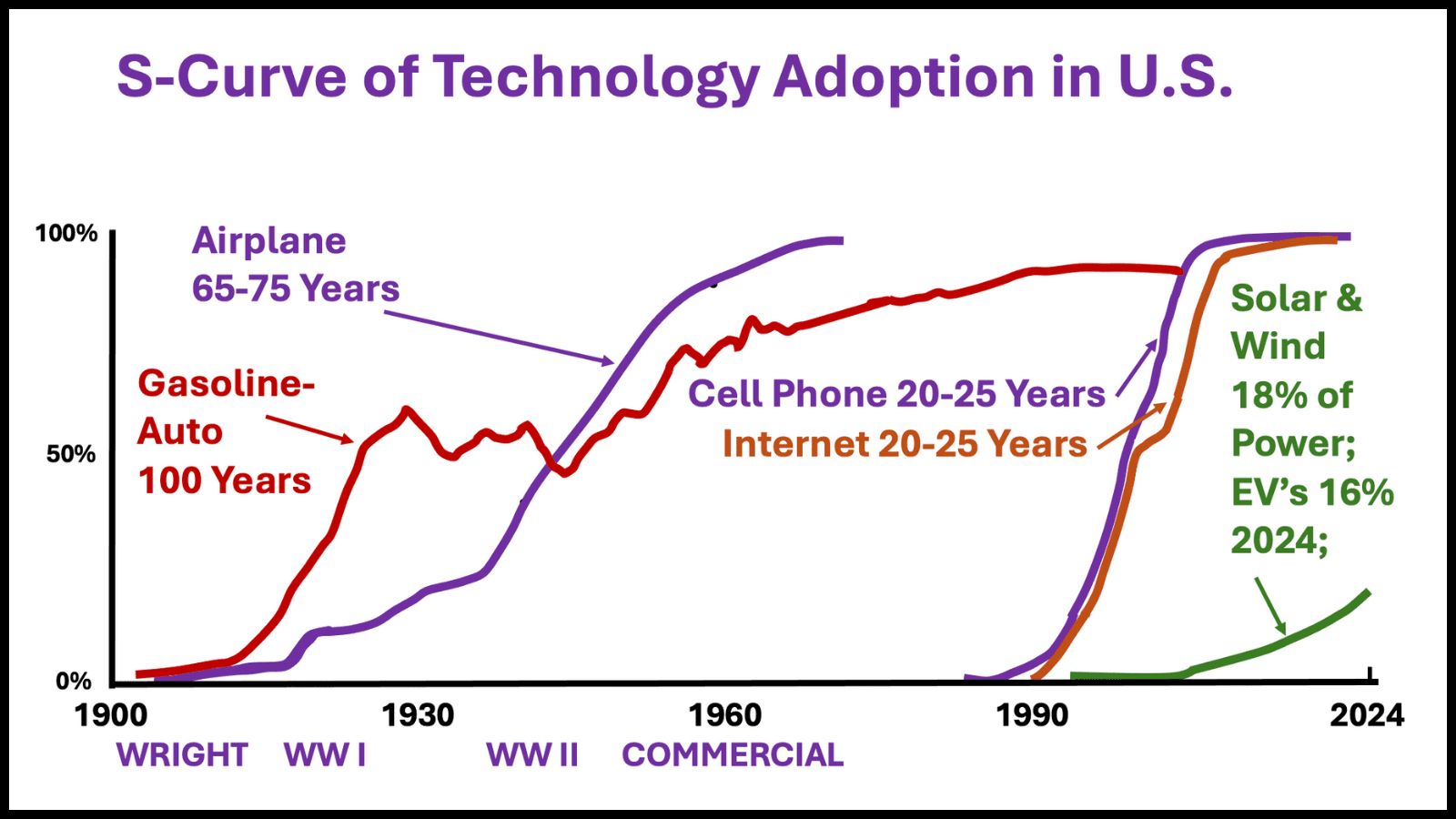
I am proud to stand with Jessica Moerman and my friends at the Evangelical Environmental Network in helping to preserve God’s green earth. I am inspired by the three words of their namesake and pray that they will always characterize my beliefs and behavior. I aim to be:
Evangelical, in the healthy sense of caring so much about neighbors and friends that we tell them the good news we have cherished in our hearts.
Environmental, in recognizing that God made this awesomely livable planet, and that our responsibility is to respect God the Creator by respecting God’s creation.
Networking, in finding and nurturing the common good shared by many people, and then drawing out the best from each collaborator, so as to achieve the common goal together.
Bad News and Good News
The Good News is that God created the universe, earth, plants, animals, and humans. And God sees that this is very good. God is the master artist.
More Good News is that God so loved the cosmos (that’s the universe, folks) that God sent his only Son so that all who believe in him would not perish, but have eternal life. God plans the long view. God has seen fit for our blue jewel to survive through many thicks and thins thus far, and God has a great vested interest in earth’s continued thriving and survival. Our responsibility is to let God work through us as we navigate through the Anthropocene.
The Bad News is that we as humans are actually a big enough force that we are heating this vast planet as we burn carbon for energy.
But the Good News is that the Anthropocene will cease in an estimated 50 years.
But the Bad News is the WHY: We only have 50 years left of oil and natural gas, and 100 years left of coal. That is, if the world continues to use carbon energy sources at current rates.
But the Good News is that we will surely find more oil, gas, and coal.
But the Bad News is that the citizens of emerging nations will want to join the rest of us in using this oil, gas, and coal at a faster pace, leaving us with a net 50 years or less. 50 years is a short time—not much longer than the mortgage duration on a house. 50 years is a very short time, relative to finding an alternative energy supply.
But the Good News is that several green energy sources have come of age. Wind and solar energy have become cheaper than carbon-based energy. This means that it makes money-sense for citizens and conventional power companies to replace carbon-sourced energy with wind and solar energy. Many power companies are indeed doing that, with full-replacement goals of 1-2 decades.
Adopting New Technology
When new innovations and technologies come along, their adoption by people can often be described by an S-curve, as shown in the figure above. In such a curve, the x-axis is time, and the y-axis is the percent of people who have adopted this innovation. Adoption usually starts out slowly, as innovators and users work out all the kinks. Then, as the level of adoption reaches 15-25%, the innovation becomes as cheap and convenient as the alternatives, or it becomes “something we can’t live without.” When the innovation becomes cost-effective, many people come to realize its value, and the percent of people who use it accelerates dramatically. Toward full adoption, there will always be some hangers-on who are hard to convince. But finally, they too join the crowd.
For airplanes, this innovation started with the Wright brothers’ Kitty Hawk flights in 1903. By the start of World War II, about 20% of US citizens had adopted flight, and by the 1970’s, nearly all Americans were flying on planes. For computers and cell phones, initial innovation to full adoption has taken 20-25 years.
Likewise, for solar and wind energy, the US is now at about 18% adoption, and these energy sources have recently become the least costly. So, the Good News is that we are now accelerating this adoption rate significantly. Likewise, electric vehicle sales represent 16% of new sales, and will soon quickly accelerate. Furthermore, we are looking at ways to make geothermal energy a natural extension of hydrofracturing. We anticipate that this energy source will also soon grow rapidly.
Engineering for the Future
My field of Environmental Engineering has undergone several name changes and mission adaptations through the past several decades: from Sanitary Engineering to Environmental Engineering, to Pollution Prevention, to Environmental Sustainability, to Climate Change Mitigation. The first two phases involved end-of-pipe treatment. Back then, we engineers did not try to alter what came down the pipe at us, we just cleaned up whatever reached the end of the pipe before it got dumped into the river.
Then, in Pollution Prevention, we sought to understand and then adapt what was going on inside an industry in such manner that the industry would not cause pollution in the first place. Successful Pollution Prevention involves a whole lot of question-asking, exploratory listening, open-ended brainstorming, respectful collaborating, a “can-do” spirit, and enthusiasm for trying something new. Good collaboration starts with all parties acknowledging that the mission of the industry is to make money, as it provides a product or service that people will gladly buy.
Useful questions include: What are we trying to make? What goes on in the guts of our plant? What are we throwing away? What pollutants are we releasing out our pipes? What resources are we using so much of, that planet earth will soon run out of it? Do we realize that when we buy something, then merely throw it away and treat its pollution, we have to pay for it twice or thrice? Let’s critically dissect each unit of our manufacturing plant: How can we produce the same product while throwing away less and diminishing pollution?
Through two-decades of collaborating with iron foundries, for example, our Penn State-industry research and development team devised and perfected a system called Advanced Oxidation. When this was installed in a foundry, it diminished their sand, clay, and coal use by 30% while cutting their pollution in half and increasing their good product and profit by 5-10%. During our collaborations, this became adopted by foundries that made 10% of the iron products in America.
Environmental Sustainability is about making the products we buy in a manner that leaves the natural resources, financial security, and lifestyle opportunities to our children and grandchildren—leaving them the same as those we have been so blessed to enjoy. We really need to practice respectful and innovative stewardship in order to bequeath this to future generations. But abandoning production here in the US, merely to produce it overseas, does not accomplish this goal. This a world-wide issue, and natural resources are on earth because God placed them on earth, in God’s infinite wisdom. We must respect God’s ownership of creation.
We have these same wonderful and challenging opportunities in Climate Change Mitigation. We continue to need an innovative, collaborative, and technology-savvy spirit. The economics are such that this can be market-driven. Indeed, it needs to be market-driven to be successful. The useful role of government is to steer this groundswell in the right direction by stimulating research and development, encouraging a favorable green energy business climate, and by clearing the legal path forward. We need industry and business as a partner in this. In my perspective, the government should not out-right pay for this transition’s construction, as that just piles up debt. Debt is not sustainable stewardship. Too much debt just creates another whole set of burdens, hardships, and dilemmas for our children and grandchildren.
May God bless you and your kin to the 100th generation.
Fred S. Cannon is a Professor Emeritus of Environmental Engineering at The Pennsylvania State University.






